Minimal cells are synthetic cells with streamlined genomes. New study find these sorts of cells are still able to grow and evolve.
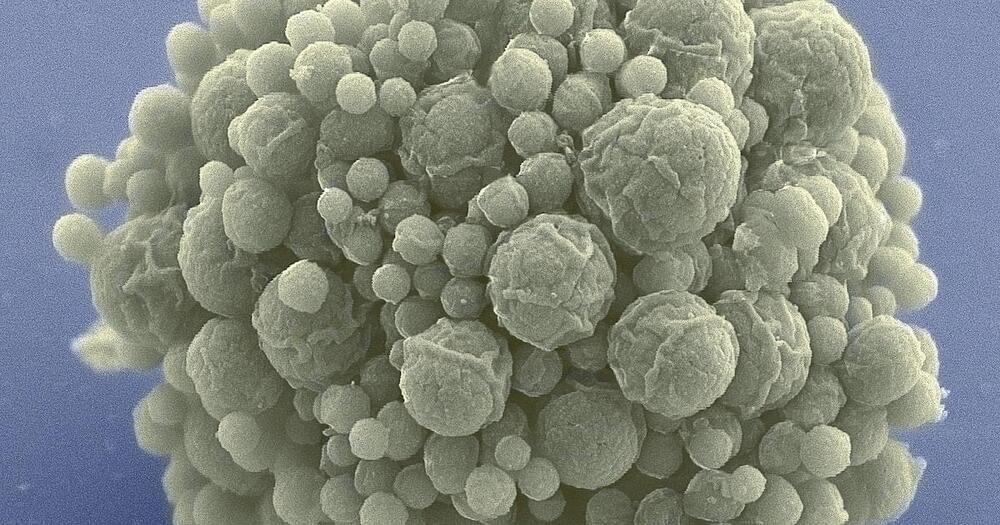

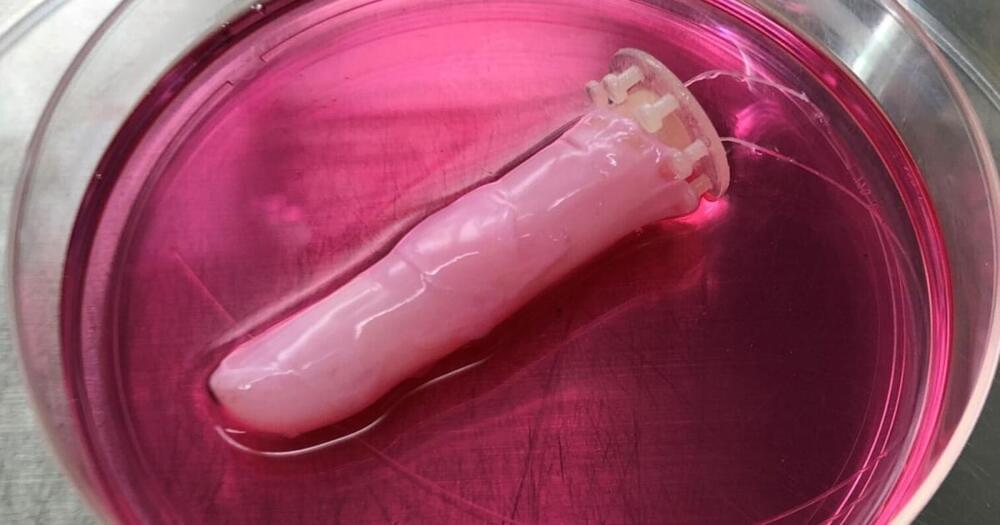
There are moments when scientists come close to creating the future artists envision for us. Researchers at the University of Tokyo have taken a step closer to bringing a sci-fi standard into reality: living human skin for robots.
Made from real cells, the living skin not only has the realistic texture that faux skin has difficulty mimicking, but also the ability to keep out water and heal itself.
“I think living skin is the ultimate solution to give robots the look and touch of living creatures since it is exactly the same material that covers animal bodies,” said Shoji Takeuchi, first author of the study and a project professor at the University of Tokyo who works on biohybrid systems.
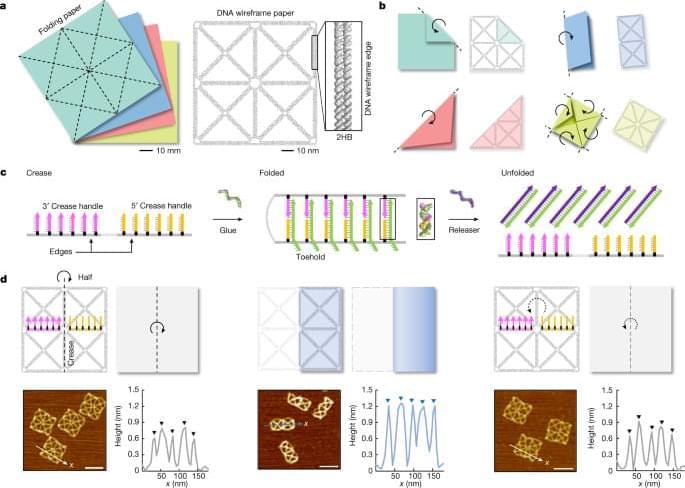
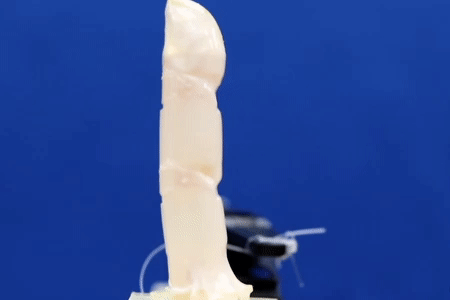
Robotic finger. Illustration showing the cutting and healing process of the robotic finger (A), its anchoring structure (B) and fabrication process ©. ©2022 Takeuchi et al.
Researchers from the University of Tokyo pool knowledge of robotics and tissue culturing to create a controllable robotic finger covered with living skin tissue. The robotic digit has living cells and supporting organic material grown on top of it for ideal shaping and strength. As the skin is soft and can even heal itself, the finger could be useful in applications that require a gentle touch but also robustness. The team aims to add other kinds of cells into future iterations, giving devices the ability to sense as we do.
Professor Shoji Takeuchi is a pioneer in the field of biohybrid robots, the intersection of robotics and bioengineering. Together with researchers from around the University of Tokyo, he explores things such as artificial muscles, synthetic odor receptors, lab-grown meat, and more. His most recent creation is both inspired by and aims to aid medical research on skin damage such as deep wounds and burns, as well as help advance manufacturing.
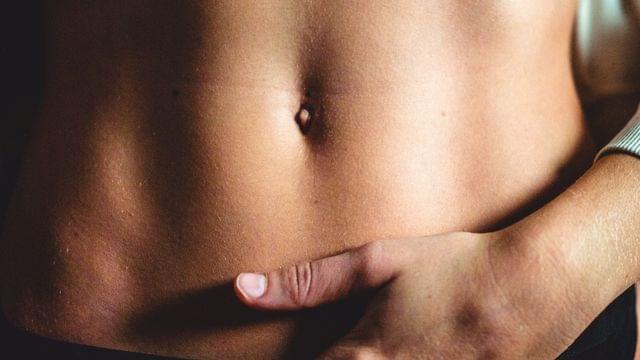

Michael Levin, a developmental biologist at Tufts University, has a knack for taking an unassuming organism and showing it’s capable of the darnedest things. He and his team once extracted skin cells from a frog embryo and cultivated them on their own. With no other cell types around, they were not “bullied,” as he put it, into forming skin tissue. Instead, they reassembled into a new organism of sorts, a “xenobot,” a coinage based on the Latin name of the frog species, Xenopus laevis. It zipped around like a paramecium in pond water. Sometimes it swept up loose skin cells and piled them until they formed their own xenobot—a type of self-replication. For Levin, it demonstrated how all living things have latent abilities. Having evolved to do one thing, they might do something completely different under the right circumstances.
Slime mold grows differently depending on the music playing.
Not long ago I met Levin at a workshop on science, technology, and Buddhism in Kathmandu. He hates flying but said this event was worth it. Even without the backdrop of the Himalayas, his scientific talk was one of the most captivating I’ve ever heard. Every slide introduced some bizarre new experiment. Butterflies retain memories from when they were caterpillars, even though their brains turned to mush in the chrysalis. Cut off the head and tail of a planarian, or flatworm, and it can grow two new heads; if you amputate again, the worm will regrow both heads. Levin argues the worm stores the new shape in its body as an electrical pattern. In fact, he thinks electrical signaling is pervasive in nature; it is not limited to neurons. Recently, Levin and colleagues found that some diseases might be cured by retraining the gene and protein networks as one might train a neural network.
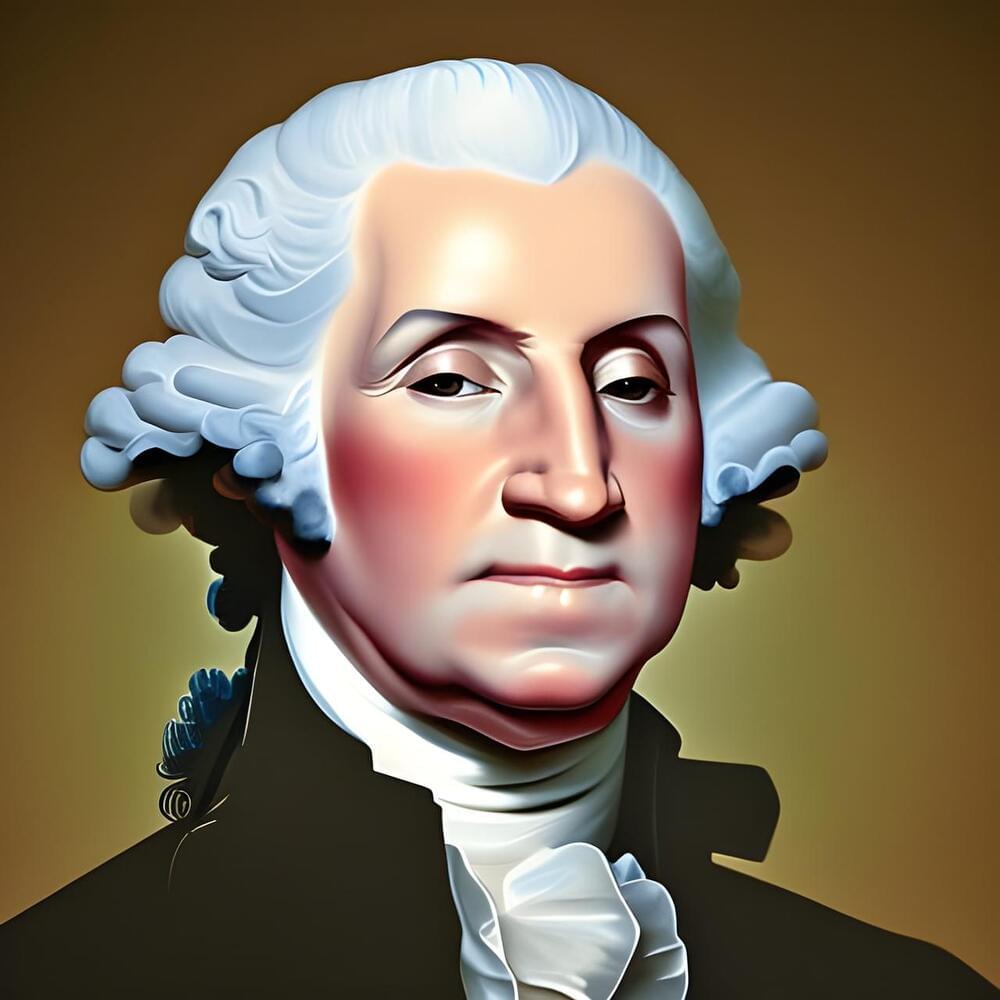
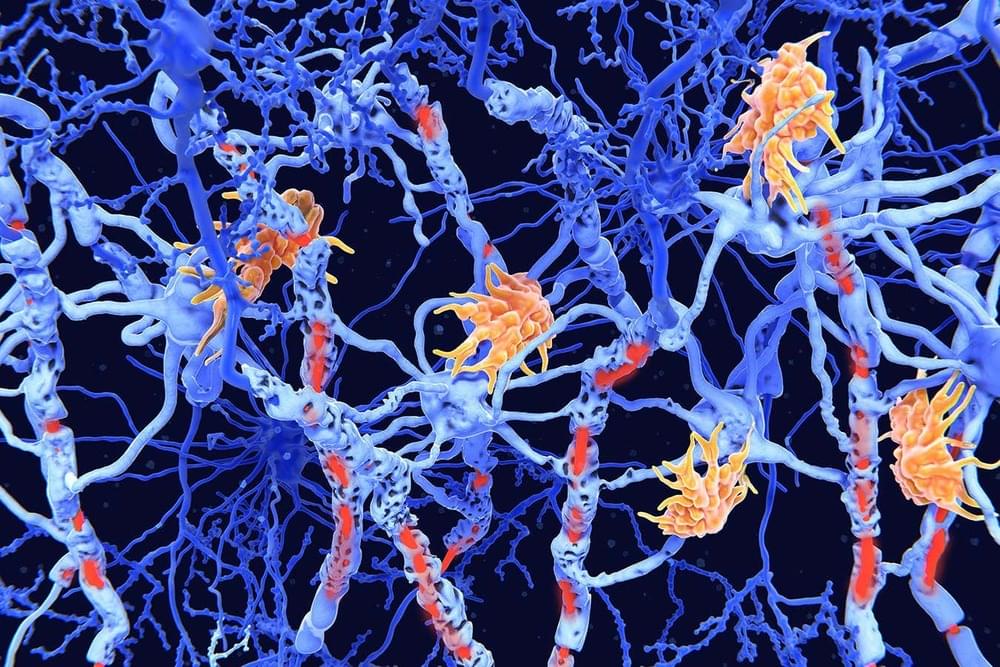
Analysis of data from more than 22,000 people with multiple sclerosis helped researchers identify a genetic variant that is associated with the severity of the disease.
By Grace Wade
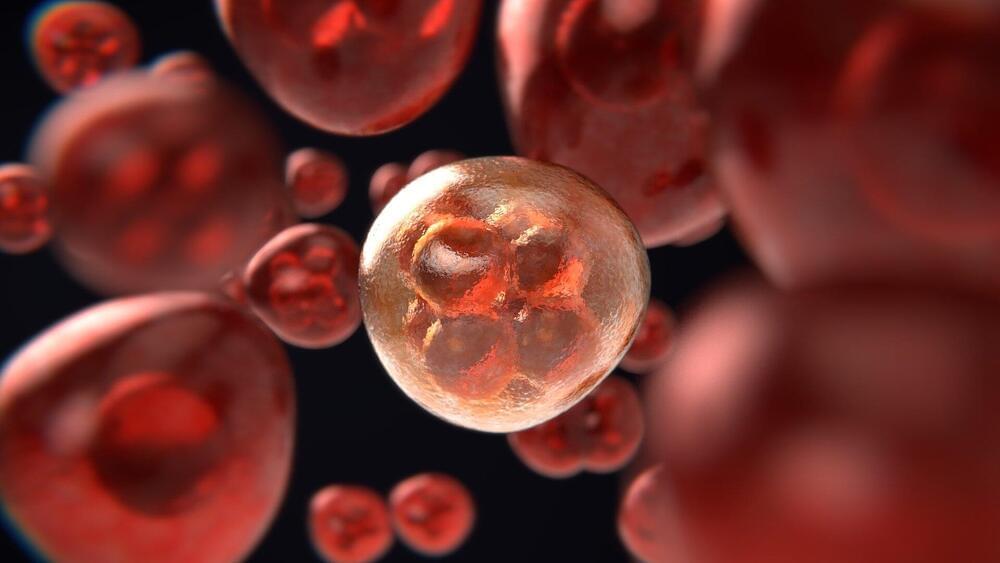
Cancer spreads throughout the human body in cunning, almost militaristic, ways. For example, it can manipulate our genetic make-up, take over specific cell-to-cell signaling processes, and mutate key enzymes to promote tumor growth, resist therapies, and hasten its spread from the original site to the bloodstream or other organs.
Enzyme mutations have been of great interest to scientists who study cancer. Scientists in the Liu and Tan labs at UNC’s Lineberger Comprehensive Cancer Center have been studying mutations of enzyme recognition motifs in substrates, which may more faithfully reflect enzyme function with the potential to find new targets or directions for cancer treatment.
“We think understanding the roles of mutations on enzyme substrates, instead of the enzyme as a whole, may help to improve efficacy of targeted therapies, especially for enzymes that have both oncogenic and tumor suppressive function through controlling distinct subsets of substrates,” said Jianfeng Chen, Ph.D., who is first author and a postdoctoral fellow in the Liu lab in the UNC Department of Biochemistry and Biophysics.

An interdisciplinary team of clinicians and scientists has published a consensus paper recommending appropriate quantitative imaging techniques for coronary artery stenosis and atherosclerosis related treatment and procedural planning. The paper has been published in Nature Reviews Cardiology.
Quantitative imaging has become increasingly important for the diagnosis of coronary artery disease (CAD) over the past five years. This is because new quantitative techniques can detect narrowed coronary arteries (coronary artery stenoses) and atherosclerosis, which play a major role in CHD patients.
It is important to correctly diagnose and accurately assess the severity of coronary artery stenosis or the extent of atherosclerotic burden for the selection of appropriate measures of therapy and the related further course of the disease. However, the complexity and variety of different quantitative imaging modalities, such as computed tomography (CT), magnetic resonance imaging (MRI), invasive coronary angiography (ICA), intravascular ultrasound (IVUS), and optical coherence tomography (OCT), necessitated a comprehensive clinical consensus.